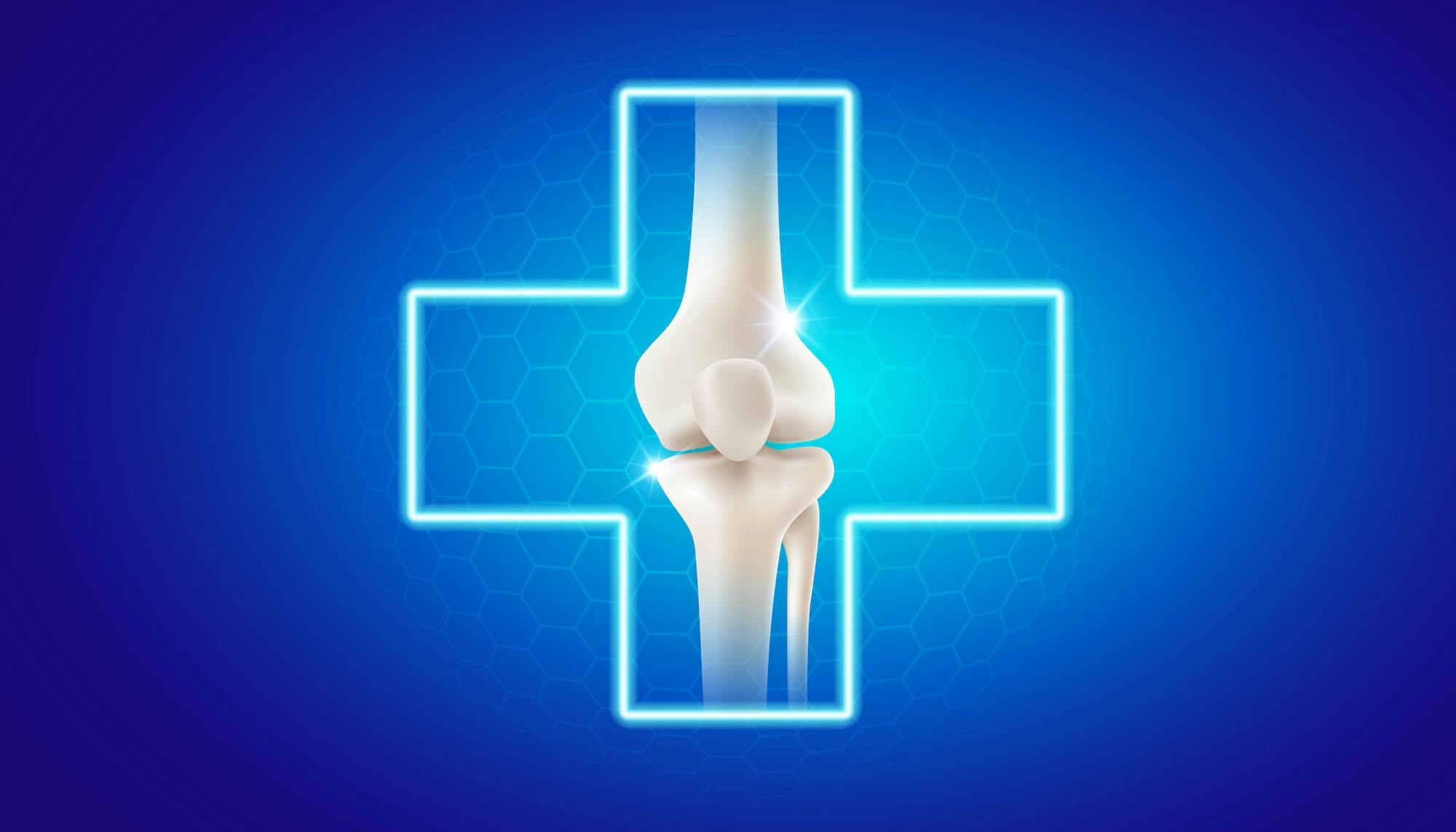- Blog
Midfoot Pain & Navicular Fracture
Posted on 04-16-2025 in Midfoot & Navicular Fracture by Dr. Erik Nilssen

Posted on 04-16-2025 in Midfoot & Navicular Fracture by Dr. Erik Nilssen
Because of its location in the midsection of the foot, sandwiched between the long bones of the midfoot (called the metatarsals) and the heel bones, the navicular bone is a common site of fractures, especially among athletes. In the vast majority of cases, these fractures or breaks are stress fractures, overuse injuries caused by repetitive stress on the midfoot area. Runners, jumpers, dancers and other athletes are especially prone to these injuries, but they can occur in other people as well, especially among those who have reduced flexion in their feet which results in additional stress being placed on the arch and midfoot region.
The exact mechanism of these fractures isn’t completely understood, but research indicates at least some may occur when the navicular bone is pinched or compressed by the bones on either side, increasing pressures inside the bone itself and causing fractures to form. Less commonly, a fracture can occur as a result of a traumatic injury like a slip-and-fall accident, car accident or impact from a falling object or other heavy pressure.
Symptoms of Navicular Fractures
Located along the inside or medial portion of the foot, the navicular bone plays an important role in supporting the arch, helping the foot remain flexible while also providing strength when standing, walking, running or performing other activities. That means it’s also subjected to significant stresses, and when the muscles and connective tissues in the arch area become weakened or overtaxed, excessive strains can be exerted on the navicular bone, increasing the risk of fractures.
The most common symptom of navicular stress fractures is a persistent achiness in the arch or midsection of the foot that becomes worse with exercise or from prolonged standing. Sometimes, pain can radiate along the inside edge of the foot, temporarily resolving with rest and recurring when activity is resumed. Often, these symptoms can be confused with plantar fasciitis, a condition that occurs when the strong fibrous tissues in the arch become inflamed and irritated, developing tiny tears. However, navicular stress fractures also tend to associated with tenderness in the area over the navicular bone (called the “N spot”) when this region is gently pressed. Plantar fasciitis also tends to cause symptoms along the bottom of the foot, including burning sensations that tend to differ from the aching associated with a navicular fracture.
How is a navicular fracture diagnosed?
Diagnosis can be problematic since similar symptoms are shared by other arch-related problems, but a careful review of the symptoms combined with a physical examination can yield important clues, including tenderness when the N spot is pressed. Often, standard x-ray evaluations fail to show any damage to the bone, but CT scans or MRI can provide more detailed images that can confirm the diagnosis and also help guide treatment.
How are navicular fractures treated?
Once a navicular fracture is diagnosed, treatment will depend largely on the severity of the fracture and the symptoms it’s causing. In most cases, patients will need to wear a cast for a period of six weeks, keeping the foot immobile and avoiding all weight-bearing activities to enable the bone tissue to heal and “knit” together. If tenderness persists after six weeks, the cast may be worn for an additional period while healing completes. In very severe fractures that cause the bone to separate or shift out of alignment, or when casting fails to provide symptoms relief, surgery may be necessary to stabilize the bone with tiny pins or screws.
Will I need physical therapy?
In most cases, yes, some type of therapy and exercise will be necessary to help the foot and ankle regain strength, flexibility, and range of motion following casting. Because of the location and function of the navicular bone, and also because circulation in this area is not robust, healing can take several months before normal function is restored. Sports massage may also help speed healing by stimulating circulation to the foot, ankle, and calf.
During therapy, patients will receive guidance that can help them train and compete more effectively so future injuries can be prevented. Other issues like gait abnormalities or anatomical defects that may contribute to an increased risk for injury can also be addressed during recovery. Training and a return to athletic activity will need to be resumed slowly to enable the foot and ankle to adapt and adjust to avoid placing too much stress on the area too quickly.
SCHEDULE AN EVALUATION TODAY.
If you have persistent pain in any area of your foot or ankle, delaying evaluation and care is one of the worst things you can do for your overall health and wellness. Navicular fractures and other foot and ankle issues can become much worse without proper treatment, resulting in far more serious issues that require much more extensive treatment and recovery and can even result in permanent disability. Call North Florida Bone & Joint Specialists today at 850-435-4800 and schedule an evaluation so you can get the most appropriate care for a speedy and complete recovery.

March is National Nutrition Month®, and as part of the conversation, the North Florida Bone & Joint team wants to emphasize the impact diet can have on your bone health. Before diving in, it's essential to understand the role the skeleton plays in your body. Specifically, the skeleton—and the bones its comprised of—serve the following functions:

At North Florida Bone & Joint Specialists, we’re committed to delivering convenient, expert care throughout the Gulf Coast. As part of that commitment, we’re excited to announce the expansion of our clinical office footprint. In March, we opened two new locations in Milton and Navarre, FL, further enhancing our ability to serve patients across Northwest Florida.

Valentine’s Day is all about love—so why not show your joints some love, too? Whether you’re an athlete, an active adult, or simply looking to maintain mobility as you age, taking care of your joints is essential for long-term health and well-being. At North Florida Bone & Joint Specialists, we believe that self-care isn’t just about relaxation—it’s about making intentional choices to keep your body strong, pain-free, and resilient. Here are four self-care tips to keep your joints healthy and moving with ease: